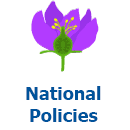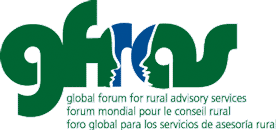Since the food crisis in 2008, the L’Aquila commitments to agriculture - as well as increased investments in agriculture from multilateral development institutions and foundations - have led to increased funding and human resources for agricultural development, and in particular that focused on smallholder and women farmers. At the same time, the Scaling Up Nutrition Framework for Action (2010) and Road Map (2011) have also placed an emphasis on the need for urgent investment to reduce malnutrition, and the United Nations Committee on World Food Security (CFS) is developing a Global Strategic Framework for Food Security and Nutrition (2012). National governments and operational staff have also increased their requests for assistance and guidance from the international development partners on what to do to improve nutrition impact from agriculture. For example, since the inclusion of nutrition as Pillar 3 in the CAADP, African nations are seeking improved knowledge and capacity in this area.
 Every country has developed, formulated, and decreed national policies related to rural advisory services. Find some examples here. If you are looking for a national policy from a specific country, please use the search function, selecting the category “National policies” and the tag for the country.
Every country has developed, formulated, and decreed national policies related to rural advisory services. Find some examples here. If you are looking for a national policy from a specific country, please use the search function, selecting the category “National policies” and the tag for the country.
Wednesday, 25 April 2018 16:21
Synthesis of Guiding Principles on Agriculture Programming for Nutrition
Written by Ingrid OliveiraDownload here3995 times downloaded
Published in
Recommendations
Latest from Ingrid Oliveira
- Sustainable Undernutrition Reduction in Ethiopia: Training manual for Health and Agriculture Development Armies
- What Every Extension Worker Should Know - Core Competency Handbook
- Sustainable Nutrition Manual Part 3: Healthy Designs
- Sustainable Nutrition Manual Part 2: Healthy Environments
- Sustainable Nutrition Manual Part 1: Healthy Humans


